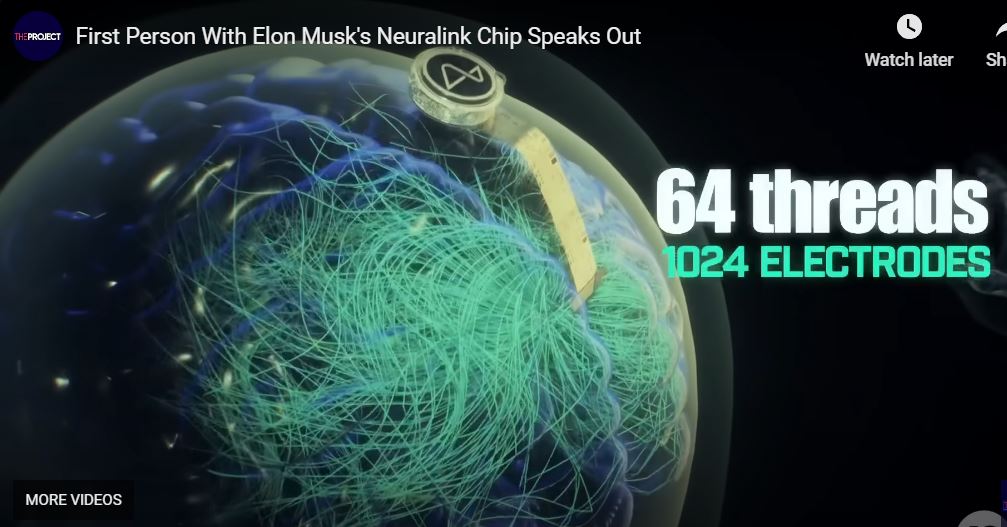Elon Musk co-founded the neurotechnology startup Neuralink in 2016. The company’s main objective is to create brain-computer interfaces, or BCIs, which enable direct brain-to-external device connection, including prostheses and computers.
By avoiding damaged neural connections, this device may be able to assist those suffering from neurological disorders such as paralysis or brain traumas in regaining their ability to move or communicate.
Principal Elements and Objectives:
Brain Implants: The main offering from Neuralink is a small gadget known as the “Link,” which is inserted into the brain through surgery. Its flexible electrodes translate ideas into commands for computers or other devices by monitoring and perhaps stimulating brain activity.
What are the NEURALINK capabilities
- Telepathic Control: Neuralink aims to allow users to control smartphones, computers, and other devices simply by thinking. This would revolutionize how we interact with technology, enabling faster and more efficient control than current interfaces like touchscreens or keyboards.
- Memory retention and cognitive function. It could aid patients with memory-related illnesses like Alzheimer’s by enabling them to save, retrieve, or “upload” memories. Long-term vision may even enable healthy people to absorb information more cognitively.
- Integration of Humans and AI: Neuralink’s possible involvement in a human-AI symbiosis has been emphasized by Elon Musk. This suggests that people and artificial intelligence systems might interact more intimately, enabling real-time data interchange and more sophisticated capabilities that would not be achievable given the constraints of the human brain today.
- Improved Interaction without talking: Neuralink may make it possible for people to communicate directly with one another without using words or body language. This has the potential to transform the way individuals exchange ideas and work together, enhancing the accuracy and speed of communication.
- Medical Applications: By assisting in the restoration of lost functioning, the company’s primary focus is on treating neurological illnesses such as ALS, Parkinson’s disease, and spinal cord injuries. It could also be applied to boost memory or cognitive function.
NOland, P1



